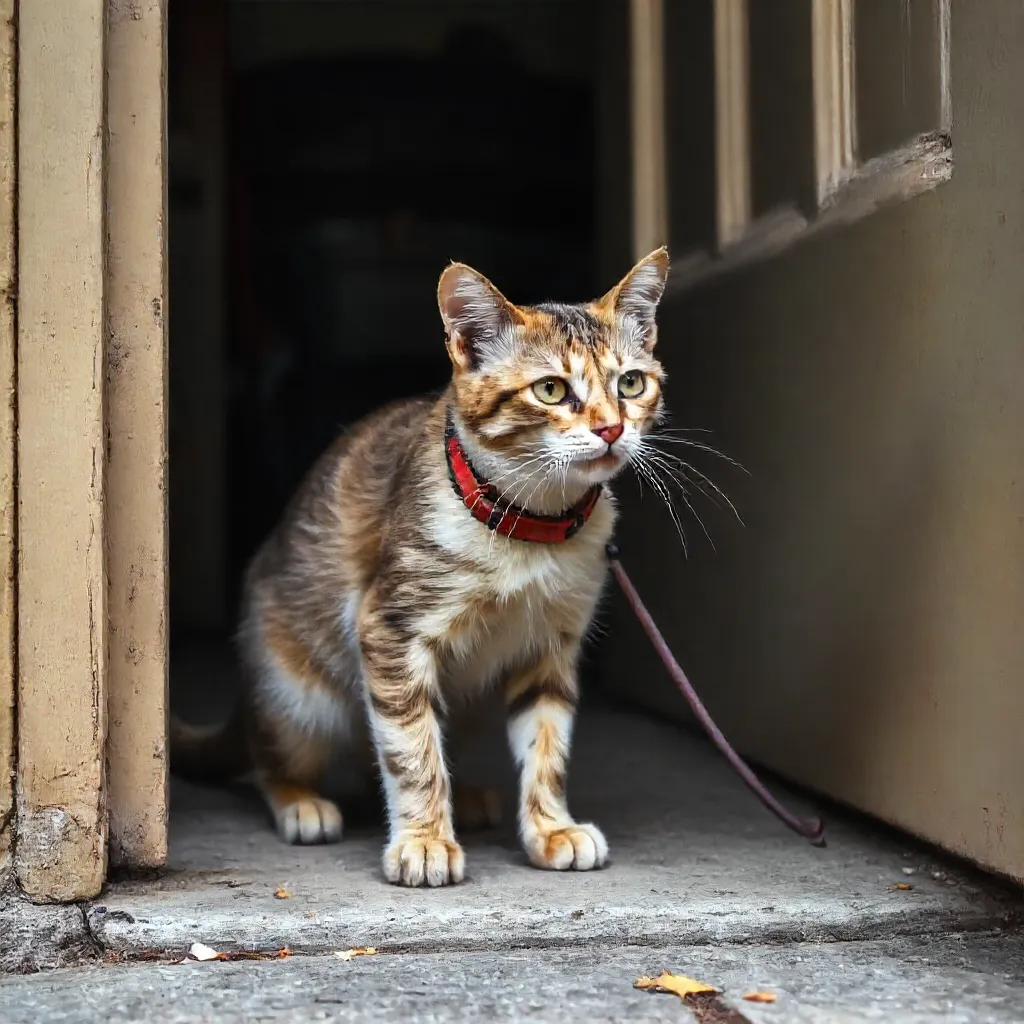The curious nature of cats will take them to every nook and cranny in the house. A warrior by heart, but such attributes make cats more susceptible than anything else in carrying out pest control procedures. Most of the time, pest control includes sprays and baits, but what use is a fumigation process that can be potential poison for your beloved fluffy friend?
Seems that this, as a cat owner, you are left with a vital condition: the safety of your little friend should always come first–before, during, and after. This guide will bring you through all the risks, preparation steps, relocation and post-treatment care necessary to have the happiest and most secure pet.
Knowing the Risks
How Pest Control Products Cause Harm in Cats
Products for pest control are manufactured to eliminate the bugs and rats, and hence are potent, as they also kill the larger animals like cats if ingested, inhaled, or absorbed through the skin.
Major symptoms in a cat if poisoned:
- Vomiting and diarrhea
- Salivation or drooling
- Problems breathing
- Seizures or tremors
- Fatigue or alternation to unormal behavior
Cats are more at risk of poisoning from poisoning attempts because they will groom themselves and ingest pesticide poisons that may be on their paws or fur-although they may not have had a direct contact with the pest control chemicals.
Another example is chemicals like organophosphates used in the treatment of the ant and flea because they are highly toxic and cause tremendous neurological damage whenever they are ingested. Anticoagulants are, likewise, found in most rodenticides that are regarded as the ultimate lethal substance when ingested.
Preparation
Plan for Making the Home Pet-Safe Before Pest Control
Start everything before pest management steps to minimize the possible hazards at hand for the feline.
With the Pest Control Contractor:
- Always tell the pest control professional that a cat is there. The method should provide alternatives for companion animals or should give you clear instructions about protection of the pets.
- Secure food and water, as well as their litter
- Remove the cat food, water, and, obviously, the litter box from those places that will be treated by the contractor. The residues will linger and ruin the items.
- Treatment Zones
- Know which part of the house will be treated and divide the rest of the house into non-treatment areas, excluding your cat.
- Ventilate your house. Because the use of sprays or fumigation would be involved, air out the residence and reduce harmful residues, if any, by allowing air during and after the application.
Temporary Relocation
Temporary Solutions for the Cats while the Pest Control Company Carries Out Treatment
The best part about treating pests is temporary relocation-there will be no cause whatsoever for exposure.
Here are a few possibilities as to where you might relocate your pet:
- Friends or relatives: Maybe a trusted friend or relative can take care of your cat for a day or two.
- Pet-sitting services: Hundreds of sitters are professionals, with the majority even taking your cat home or checking on your pet directly from your home.
- Pet boarding facilities: It’s the more formal way to keep your cat entertained while keeping it secure. Check for top reviews of support and service for cats.
- Separate rooms: Is there no other go but to leave the house? Just confine the cat safely to another room far away from the treatment areas. Some things can be set up in the room, like food, water, and toys, to make it as comfortable as even more peculiar: a bedroom, just for kitty.
- Make sure your cat is secure when you transport it; use a well-ventilated carrier, and take a familiar item like a blanket or a toy to ensure it feels comfortable and secured in the new place.
Follow these steps for all the mess you have created.
Post-Treatment Care
Making the Area Cat-Friendly After Pest Control
- Clean out the house very well once you’re through with the pest control treatment up and may come back to your cat. Here are some basic guidelines:
- Give it time: Most extermination experts usually ask homeowners to wait as long as 24 to 48 hours before allowing pets into just-treated areas. This allows chemicals to settle and makes them safer to breathe.
- Sweep the floors and dust the surfaces: Mop the floors, wipe down your countertops, and clean anything your cat might touch. Use pet-safe, non-toxic cleansers.
- Do your laundry: Wash all bedding, toys, and blankets for your kitty. This removes as much residue as possible.
- Vacuum like it’s on fire: Pesticide particles can settle deeply in the carpet, so give it a deep cleaning to clear out possible lingering residues.
- Check for bait traps: If any bait traps were used, they need to be completely removed or kept away from where the cat can get to them.
These comprehensive steps will give you an environment that is clean and safe for your pet.
Prioritizing Your Cat’s Health and Safety
More than just a pet, cats are family. That’s what this is about: although treating for pests cannot be avoided at times, the most important thing is the health and life of your cat.
Understand the risks, prepare, move your cat for a while, and clean thoroughly after the extermination to prevent harm without having a way to affect the vermin spread.
Your cat sees you as their guardian in keeping their safety intact. When in doubt, seek advice from both the pest control provider and your veterinarian, who can give appropriate professional advice.
Remember: Be wary today not to have to go and need an emergency vet visit after. You would have peace of mind for a bit more effort now-and a happy, healthy feline companion, of course.
Also Checkout: Is Gum-Omile safe for cats? A Comprehensive Guide with Insights from Vets
